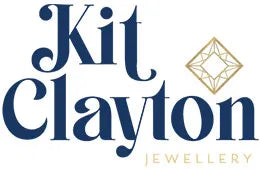KIT CLAYTON JEWELLERY
We've Moved Address
Thanks for stopping by our antique and vintage jewellery shop. We have now moved address!
In order to streamline our business and service, we've moved our pieces over to our sister store: Sterling & Wilde.
If you've had your eye on one of our pieces for a while, you'll almost certainly find it there.
Same people, same great service, just a slightly different website.
If you have a query about an existing Kit Clayton Jewellery order, you will be able to reach us now and in the future on info@kitclayton.com
